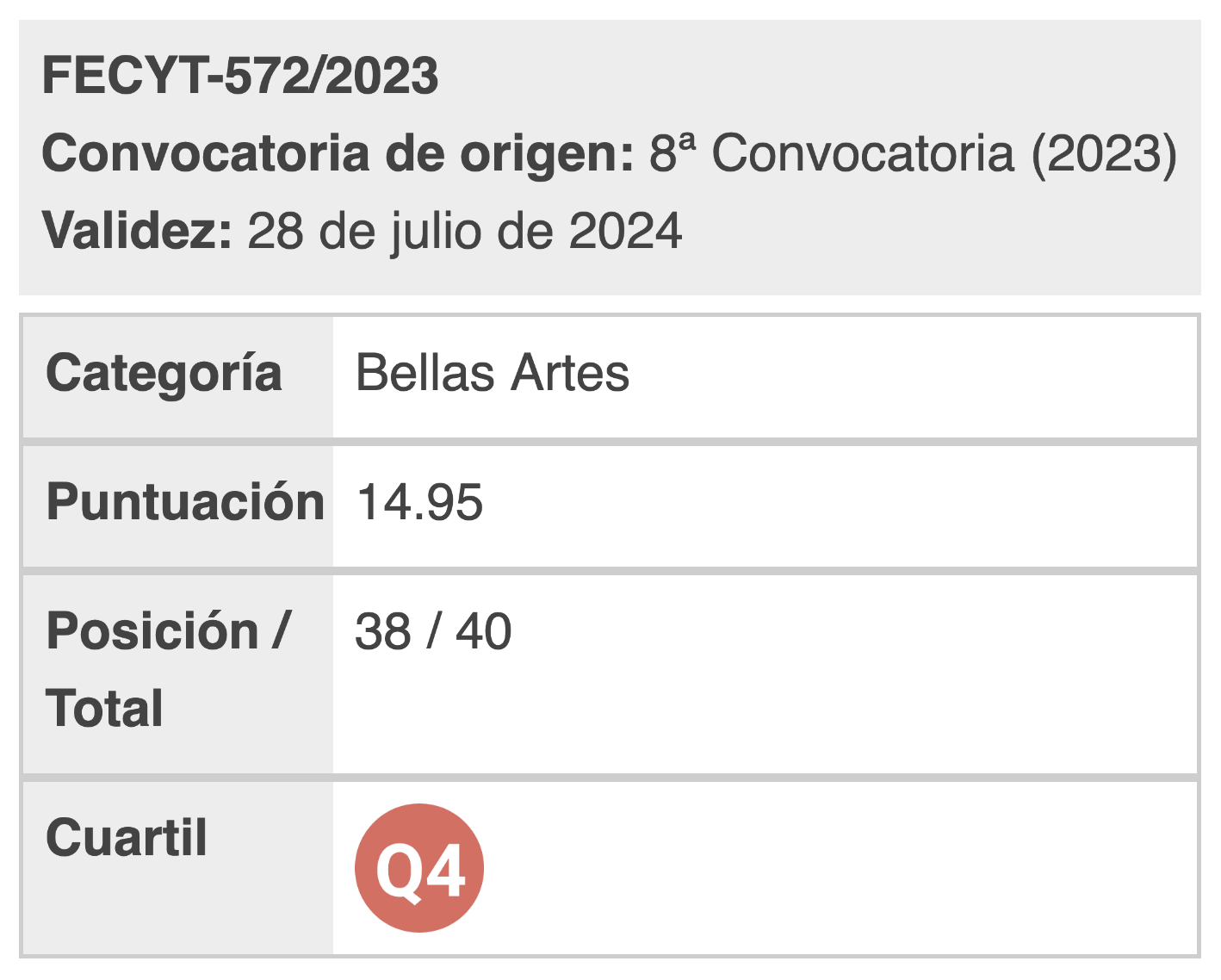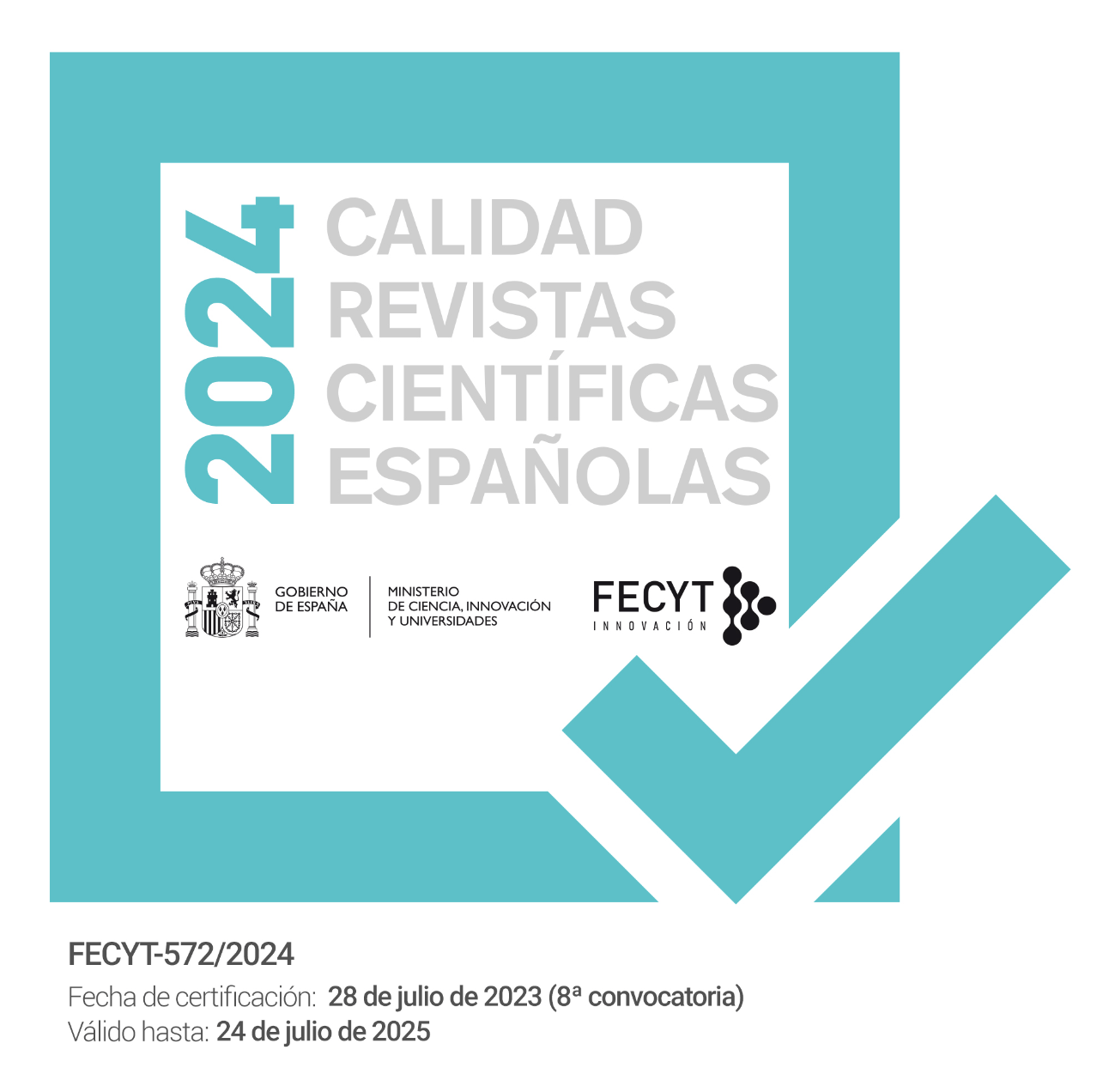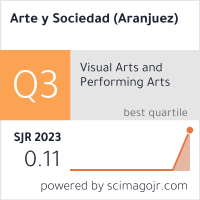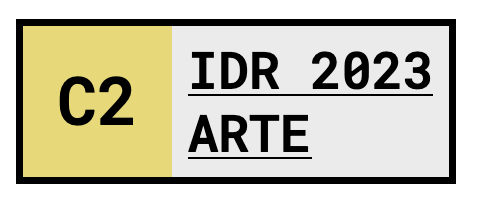ISSN: 2174-7563
No. 26 (2024): OpenASRI. Misceláneous Journal
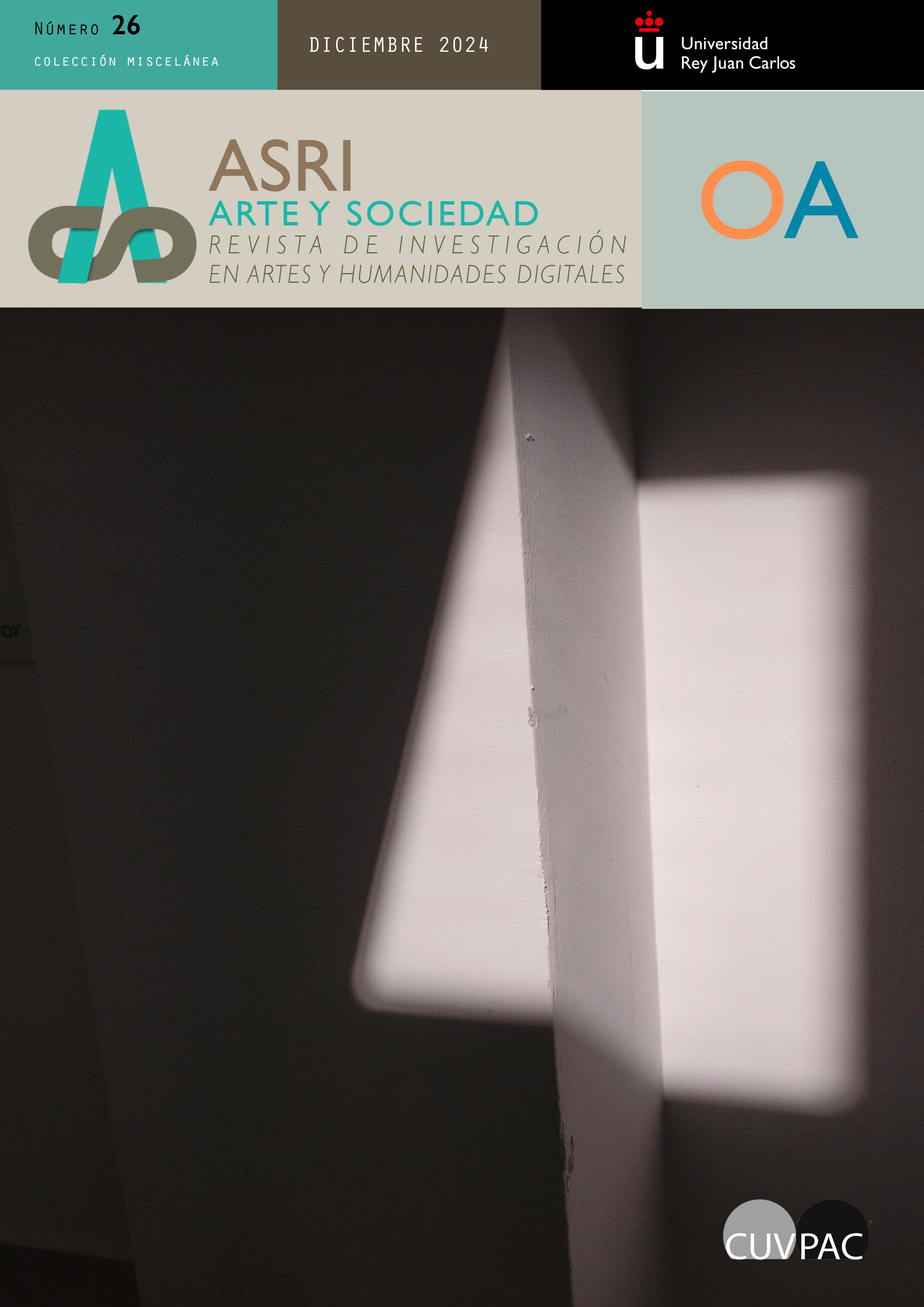
Memory, Myth and Technology: Reflections on Art, Communication and Society
This issue offers an interdisciplinary exploration of the intersections between art, technology, and culture. It encompasses topics from augmented reality to artificial intelligence, as well as cinema, photography, data analysis, and screen culture. Through ten articles, 13 authorships, and more than eleven universities —five of them international—, we examine how these dynamics reshape our perception of the world and creative practices in an ever-evolving context.
We begin with a reflection on augmented images, which, supported by augmented reality technology, not only transform the representation of reality but also generate new and superlative realities. This phenomenon raises questions about the scope and potential of manipulated images in constant circulation. In the realm of cinema, we delve into title sequences as condensed expressions of filmmakers’ and producers’ narrative and visual styles. Specifically, an analysis of Saul Bass’s work in the animated film Monsters, Inc. explores the creative connections between Disney, Pixar, and this renowned graphic designer. These microstructures, as termed by Zunzunegui, are more than introductions; they are narratives in their own right. In art, we focus on titles and labels, elements often underestimated yet crucial in contextualizing and connecting with diverse audiences. We highlight their autonomous value as creative tools capable of enriching the aesthetic experience.
From a cultural standpoint, we address Chilean journalistic narratives about the earthquakes of 1960 and 2010. This study reveals how disaster memory becomes a “seismic myth” embodying the hope of rebirth after devastation. Simultaneously, we reflect on the Metaverse, questioning whether this new virtual city perpetuates contemporary architecture's failures by prioritizing economic interests over social welfare and sustainability. In another domain, we analyze the impact of NFTs on digital art. Although initially revolutionary for their ability to individualize works and ensure traceability, the NFT market has experienced a speculative crisis. This underscores the urgency of establishing clear legal frameworks to protect creators and collectors.
Historically, we observe the relationship between tourism and photography in the 19th century. We highlight how Kodak’s popularization of cameras not only democratized access to visual documentation of travels but also shaped a new tourist gaze, still influential in our visual culture today. Finally, in the realm of artistic creation, we explore two critical lines regarding the impact of digital technologies. On one hand, we address how images generated through massive data analysis acquire an imperative character, shaping action models and redefining the concept of images as "numerical hallucinations." This reflection draws on theories from authors such as Flusser and Yuk Hui, offering a new perspective from media archaeology. On the other hand, we analyze how the screen has become the dominant mode of contemporary culture. From cinematic and television formats to mobile devices, the screen not only acts as a medium but also transforms our interaction with reality, prioritizing emotional perception over rational thought. This phenomenon culminates in the configuration of the Homo Digital, a being adapted to existence within the screen's environment.
Together, this issue invites readers to reflect on how technological innovations impact our way of seeing, creating, and understanding art, culture, and the world around us. From visual manipulation to artificial intelligence, spanning cinema, photography, and screen culture, we explore the intersections between tradition and modernity. We hope you enjoy it as much as we did preparing it.
Editors: Tomás Zarza and Miguel Sánchez-Moñita












